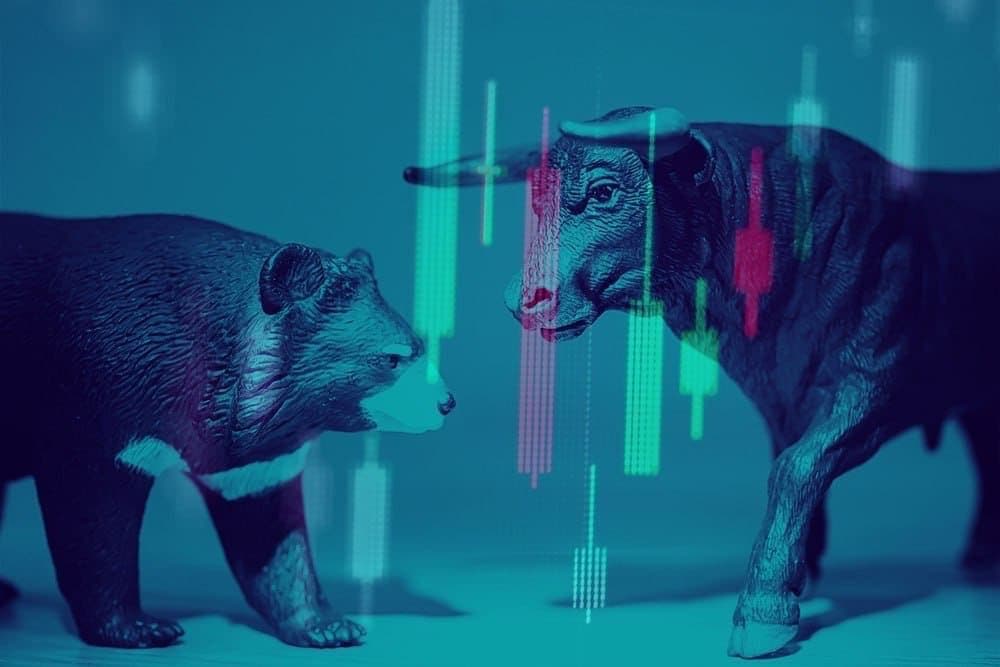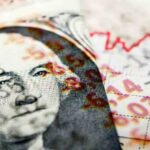The S&P 500 embarked on a relentless rally in recent weeks, propelled by renewed investor optimism surrounding anticipated rate cuts in 2024, a plan confirmed by the Federal Reserve.
Buoyed by hopes of a more accommodating monetary policy landscape, investors flooded into US equities, propelling the S&P 500 to two-year highs. On Friday, the bullish fervor reached a zenith as the SPY exchange-traded fund (ETF) recorded its largest single-day inflow in history.
However, the euphoria faced a setback, as on December 20, a substantial market sell-off wiped out approximately $600 billion in market cap within a mere two hours.
Here’s what happened
After a significant winning streak, the S&P 500 took a sharp nosedive.
As market commentary platform The Kobeissi Letter highlighted in its December 21 post, the market index erased $600 billion from its market cap in just two hours, between 2:00 and 4:00 PM ET.
For the whole day, the index fell 1.47%, closing the Wednesday session at 4,698. The drop came after rising for 10 straight trading days, five of which were wiped in the sell-off, The Kobeissi added.
As a result of the steep drop, the VIX volatility index surged 10% in just a couple of minutes. Often referred to as the “fear gauge,” VIX measures market expectations for future volatility.
What caused the sell-off?
The recent rally that took the S&P 500 to its highest point since December 2021 was mainly driven by the Federal Reserve’s last week remarks that it plans to begin cutting rates in 2024. After imposing 11 rate hikes to rein in inflation, the central bank took the fed funds rate to the 5.25-5.5% range – the highest in 22 years.
However, even though this was positive news for investors, many macroeconomic headwinds still persist.
“But at some point, you have to question if we have moved too far in the dovish direction right now.”
– The Kobeissi said
For that reason, a sell-off is not that big of a surprise as investors likely moved to take profits following a massive rally. On Friday, the Nasdaq 100 ETF experienced $5.2 billion in outflows, the most since 2000.
Given the sustained record-high policy rates and lingering macroeconomic uncertainties, it became clear that the recent surge in equities would inevitably lose momentum at some point.
Buy stocks now with Interactive Brokers – the most advanced investment platform
Disclaimer: The content on this site should not be considered investment advice. Investing is speculative. When investing, your capital is at risk.









